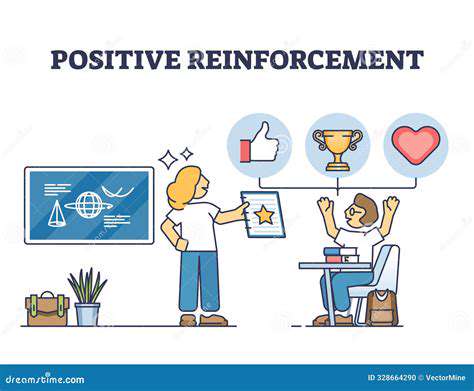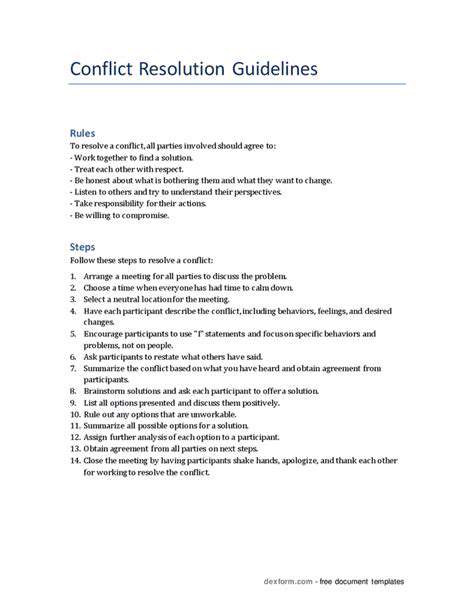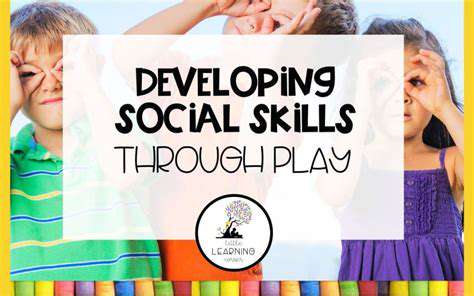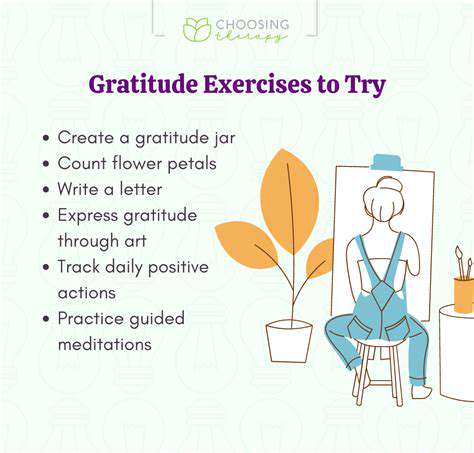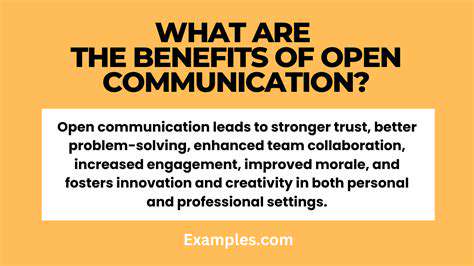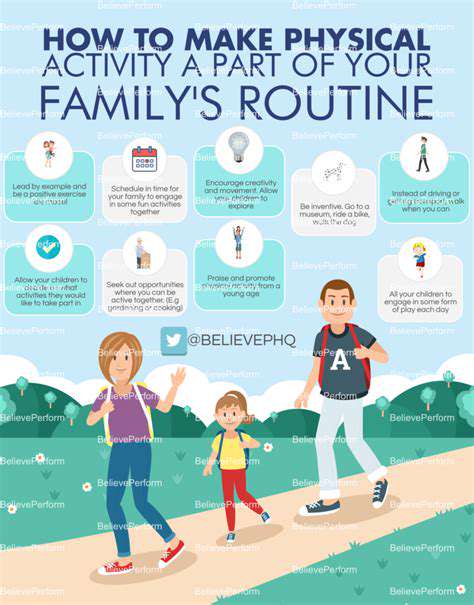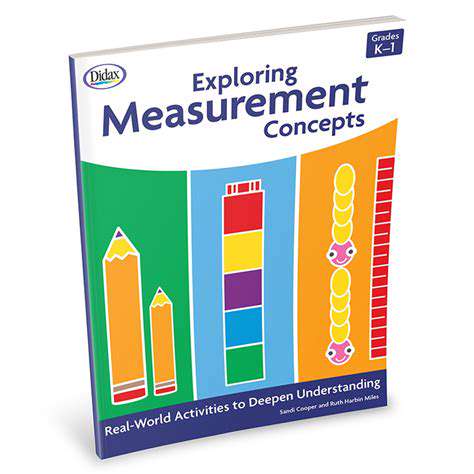Effective Parenting Techniques: Building a Loving Family Environment
Positive Discipline Strategies for Guiding Behavior
Understanding the Principles of Positive Discipline
Positive discipline represents a transformative parenting philosophy that nurtures children's self-control and accountability through connection rather than coercion. This relational approach builds mutual respect by addressing the root causes of behavior rather than simply reacting to surface-level actions. Instead of punitive measures, caregivers focus on teaching valuable life skills through everyday interactions, creating opportunities for children to understand natural consequences in a supportive environment.
Effective implementation begins with attunement to the child's emotional world. Skilled practitioners of this approach recognize that disruptive behaviors often represent unspoken needs or developmental challenges rather than intentional defiance. By maintaining curiosity about what drives a child's actions, adults can respond with targeted guidance that teaches rather than punishes.
Setting Clear Expectations and Limits
Boundaries form the scaffolding for healthy development when established with clarity and compassion. The most effective guidelines share three characteristics: they're developmentally appropriate, consistently maintained, and explained using language the child comprehends. Visual aids like charts or drawings often help younger children internalize these parameters.
As children mature, their growing cognitive abilities allow for more nuanced discussions about household rules. A preschooler might understand gentle hands as a simple directive, while a school-aged child can explore the ethical reasoning behind respecting others' physical boundaries. This evolutionary approach to limit-setting respects the child's developing capabilities while maintaining essential standards.
Encouraging Self-Regulation and Responsibility
The journey toward self-mastery begins with small, daily opportunities for autonomous decision-making. Even simple choices (Would you like to brush your teeth before or after putting on pajamas?) build the neural pathways for responsible decision-making. Adults model emotional regulation by verbalizing their own thought processes during challenging moments, demonstrating constructive coping strategies in real time.
When conflicts arise, collaborative problem-solving replaces top-down directives. This might involve brainstorming sessions where all parties contribute solutions, evaluating each option's potential outcomes. Such practices don't just resolve immediate issues - they equip children with critical thinking tools they'll use throughout life.
Addressing Misbehavior with Empathy and Understanding
Challenging behaviors often represent a child's best attempt to communicate unmet needs with their current skillset. The most effective interventions address both the presenting behavior and its underlying cause, whether that's fatigue, hunger, overwhelm, or developmental growing pains. Connection before correction remains the golden rule - ensuring the child feels understood before any teaching occurs.
Practical responses might include co-regulating through difficult emotions, offering alternative behaviors, or creating do-over opportunities. The focus stays on building skills rather than assigning blame, transforming behavioral missteps into teachable moments that strengthen the caregiver-child bond.
Nurturing a Growth Mindset: Embracing Challenges and Mistakes
Understanding the Power of a Growth Mindset
This transformative perspective rewires how children approach life's inevitable obstacles. When kids internalize that their abilities evolve through practice rather than being fixed traits, they develop remarkable resilience. Neuroscience confirms what educators observe - the brain's neuroplasticity means effort literally builds new capabilities over time.
Encouraging Effort and Persistence
The language adults use profoundly shapes children's self-perceptions. Process-focused praise (You worked through that difficult problem step by step) proves more motivating than outcome-based praise (You're so smart). Highlighting specific strategies children employ reinforces the connection between effort and achievement, creating internal motivation to persist through challenges.
Celebrating Mistakes as Learning Opportunities
Transformative educators and parents reframe errors as information rather than failures. A simple shift from That's wrong to What can we learn from this attempt? changes the entire emotional context of learning. Historical examples of famous inventors' numerous failures make excellent teaching tools about perseverance and iterative improvement.
Building Self-Efficacy Through Challenges
Carefully calibrated challenges - neither too simple nor impossibly difficult - create optimal conditions for growth. The art lies in breaking complex tasks into manageable steps while leaving enough room for independent problem-solving. This scaffolding approach allows children to experience authentic achievement while still requiring meaningful effort.
Modeling a Growth Mindset
Children absorb attitudes from adult behavior more than explicit instruction. When caregivers openly discuss their own learning processes, including setbacks and course corrections, they demonstrate growth mindset principles in action. Statements like I haven't mastered this yet, but I'm improving with practice carry tremendous instructional power.
Providing Constructive Feedback
Effective feedback serves as a roadmap for improvement rather than simple evaluation. The most impactful observations are specific, timely, and focused on elements within the child's control. A well-structured feedback conversation might explore: What strategy worked well? What would you try differently next time? This cultivates metacognition - the ability to reflect on one's own thinking processes.
Creating a Supportive Learning Environment
The physical and emotional learning space significantly impacts mindset development. Environments rich in diverse materials invite exploration, while predictable routines reduce anxiety about the unknown. Most crucially, when children feel unconditionally accepted regardless of performance outcomes, they develop the courage to take intellectual risks essential for deep learning.
Promoting Open Communication and Healthy Conflict Resolution
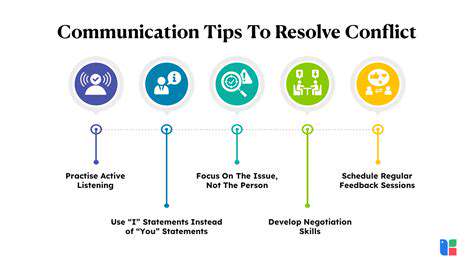
Promoting Honest Dialogue
Genuine communication requires moving beyond superficial exchanges to meaningful dialogue. When leaders demonstrate vulnerability by acknowledging their own uncertainties, it creates permission for others to voice authentic concerns. Regular temperature check meetings that solicit unfiltered feedback help surface issues before they escalate, while anonymous suggestion systems can capture perspectives people might hesitate to share openly.
Building Trust Through Active Listening
The most skilled communicators practice whole body listening - giving their complete attention through eye contact, open posture, and reflective responses. Paraphrasing the speaker's words (What I hear you saying is...) and asking clarifying questions demonstrates genuine engagement. These micro-behaviors accumulate to create macro-level trust over time.
Encouraging Feedback and Constructive Criticism
High-functioning teams institutionalize feedback mechanisms through structured processes like 360-degree reviews and after-action reports. The most effective feedback follows the sandwich method: starting with strengths, addressing growth areas, and concluding with encouragement. When critique focuses on observable behaviors rather than personal attributes, recipients become more receptive to improvement suggestions.
Establishing Clear Communication Channels
Modern organizations benefit from a multi-channel approach that respects different communication preferences. While instant messaging suits quick queries, complex discussions often require face-to-face (or video) interaction. A well-designed communication protocol specifies which channels to use for various message types, preventing critical information from getting lost in the noise. Regular communication audits can identify and eliminate redundant or ineffective information flows.


